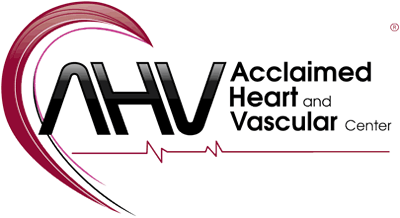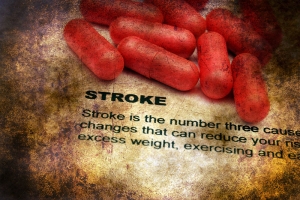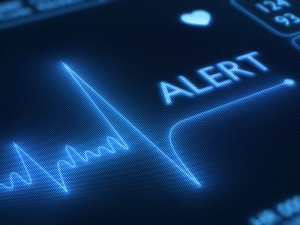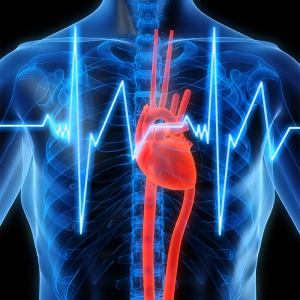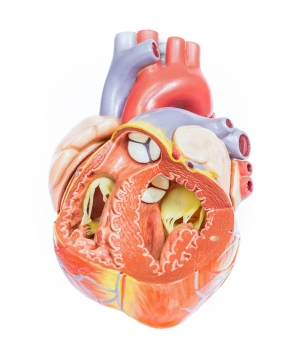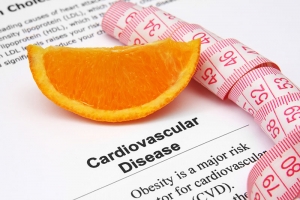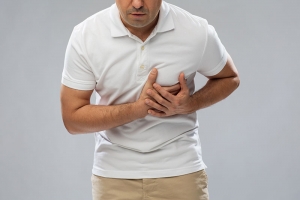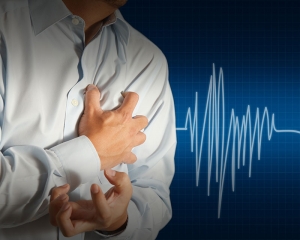Transient ischemic attack (TIA)
Transient ischemic attacks, or TIAs, are different from the other types of stroke because the flow of blood to the brain is only briefly interrupted. Even though they are referred to as “mini” strokes, TIAs should be regarded as medical emergencies just like the other kinds of stroke, even if the blockage of the artery is temporary. They serve as warning signs for future strokes and indicate that there is a partially blocked artery or clot source in the heart.
According to the Centers for Disease Control and Prevention (CDC), over a third of people who experience a TIA go on to have a major stroke within a year if they have not received any treatment. Between 10-15% will have a major stroke within 3 months of a TIA.1
What is Cardiac Arrest?
Sudden Cardiac Arrest (SCA) is the abrupt, unexpected loss of heart function, breathing and consciousness. SCA usually results from an electrical disturbance in your heart that disrupts its pumping action, stopping blood flow to the rest of your body.
Cardiac arrest is the abrupt loss of heart function in a person who may or may not have diagnosed heart disease. The time and mode of death are unexpected. It occurs instantly or shortly after symptoms appear.
Risk Factors for Heart Disease
Risk factors for developing heart disease include:
- Age - Aging increases your risk of damaged and narrowed arteries and weakened or thickened heart muscle.
- Sex - Men are generally at greater risk of heart disease. However, women's risk increases after menopause.
- Family history - A family history of heart disease increases your risk of coronary artery disease, especially if a parent developed it at an early age (before age 55 for a male relative, such as your brother or father, and 65 for a female relative, such as your mother or sister).
- Smoking - Nicotine constricts your blood vessels, and carbon monoxide can damage their inner lining, making them more susceptible to atherosclerosis. Heart attacks are more common in smokers than in nonsmokers.
Endocarditis
Endocarditis, or infective endocarditis, is inflammation of your heart’s inner lining, called the endocardium. It usually occurs when bacteria or other germs from another part of your body, such as your mouth, spread through your bloodstream and attach to damaged areas in your heart. Left untreated, endocarditis can damage or destroy your heart valves and can lead to life-threatening complications.
Endocarditis is uncommon in people with healthy hearts. This infection can damage your heart and needs to be treated right away. If it isn't treated, endocarditis can be deadly.
Diabetes and Your Heart
Having diabetes means that you are more likely to develop heart disease and have a greater chance of a heart attack or a stroke. People with diabetes are also more likely to have certain conditions, or risk factors, that increase the chances of having heart disease or stroke, such as high blood pressure or high cholesterol.
Over time, high blood glucose from diabetes can damage your blood vessels and the nerves that control your heart and blood vessels. The longer you have diabetes, the higher the chances that you will develop heart disease.
In adults with diabetes, the most common causes of death are heart disease and stroke. Adults with diabetes are nearly twice as likely to die from heart disease or stroke as people without diabetes.1
What is Arrhythmia?
Arrhythmias are abnormal beats. The term arrhythmia refers to any change from the normal sequence of electrical impulses, causing abnormal heart rhythms. Arrhythmias may be completely harmless or life-threatening.
Some arrhythmias are so brief (for example, a temporary pause or premature beat) that the overall heart rate or rhythm isn't greatly affected. But if arrhythmias last longer, they may cause the heart rate to be too slow or too fast or the heart rhythm to be erratic – so the heart pumps less effectively.
What is Atrial Fibrillation?
Atrial fibrillation, or AF or AFib, is the most common type of arrhythmia. With AFib, your heart quivers, beats too quickly, or skips beats. It can't pump blood through its chambers and out to your body as well as it should. Sometimes blood can pool in the heart and form clots, which could lead to a stroke.
During atrial fibrillation, the heart's two upper chambers (the atria) beat erratically and irregularly — out of coordination with the two lower chambers (the ventricles) of the heart.
